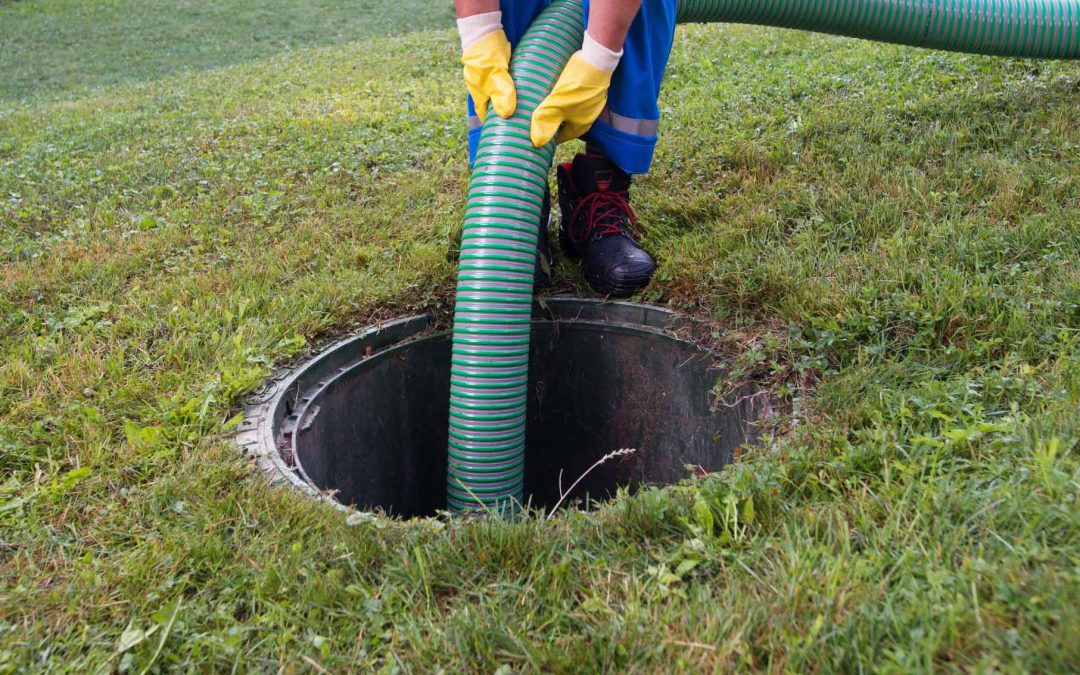Now that last year’s guests have gone, it’s the perfect time to get your annual septic system maintained, to comply with the regulations!
If you haven’t done annual maintenance or pumped your tank every 3 to 5 years, then your poop and soapy graywater are definitely getting into our groundwater and lake.
In October and November our lake had a suspected blue-green algae bloom (cyanobacteria -see picture from our lake), that can cause illness in people and has killed pets. Many recreational lakes in BC have experienced this toxic event, some year round.
The contributing factors include low water flow, fertilizers, excessive lighting, and unmaintained septic systems.
Since most of the lake properties are in the flood plain, and the drainage ditches throughout the neighborhood all flow into the lake (some have salmon now spawning), please help our lake by not using fertilizer, limit or put exterior lights on timers, and getting your septic system maintained annually, as required in BC (see below).
Septic Tank Installers and Maintenance
Here’s contact number for just a few companies that service locally if you don’t have your septic installer’s contact, or you can look up more on this website https://asttbc.org/registrants/registrant-directory/# (select Advanced Search, then Registry Subclass = ROWP, and Registry Discipline = Maintenance Provider)
- Ace 604-534-8242
- Valley 604-792-6070
- Lacey 604-826-2215
Why do you need to maintain a septic system?
Conventional septic systems are made up of a septic tank (a watertight container buried in the ground) and a drain field, or leach field. In the septic tank, solids settle on the bottom (the sludge layer includes dirt from washing), and oils and grease and toilet paper float to the top and form a scum layer. The liquid wastewater, which is in the middle layer of the tank, flows out through perforated pipes into the drainfield, where it percolates down through the ground. Most wastewater treatment takes place in the drainfield in a basic one tank system. On new systems, there are usually 2 or 3 tanks that treat the sewage before it percolates into the ground. In our neighborhood, all newer septic systems have drain field mounds of sand. You know your system is very old if you can’t see the lids.
Although bacteria continually work on breaking down the organic matter in your septic tank, sludge and scum will build up, which is why a system needs to be cleaned out periodically. If not, sludge and scum can flow into the drainfield clogging the pipes and sewage can back up into your house, or just oozes into the soil around your tank, and groundwater takes it to the lake. Overloading the system with water also reduces its ability to work properly by not leaving enough time for material to separate out in the tank, and by flooding the system.
Here’s a link to more information: https://www.fraserhealth.ca/health-topics-a-to-z/onsite-sewerage-systems/onsite-sewerage-system-complaints
Thanks for doing your part helping keep our lake healthy. Please share this with your neighours.

